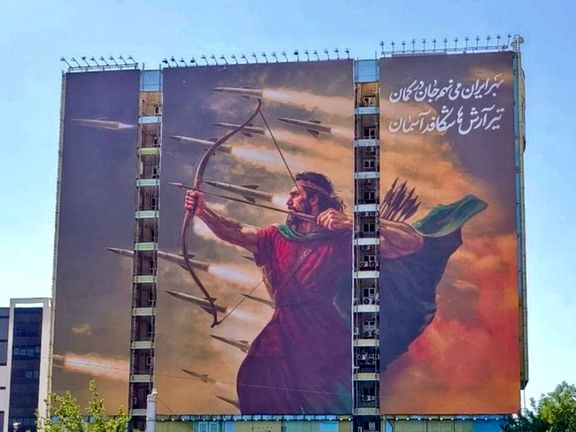Ceasefire brings calm but reveals Iran's bitter divides

The ceasefire between Iran and Israel brought relief to millions—but also sharpened fractures within the Islamic Republic and among its opponents.

The ceasefire between Iran and Israel brought relief to millions—but also sharpened fractures within the Islamic Republic and among its opponents.
Hardliners have declared it a strategic victory—some even lamenting that it ended too soon to deliver a heavier blow. Moderates, as ever, are trying to frame the moment as a chance for national reconciliation—“reform” in their lexicon.
“Have you seen the dignity, courage, authenticity, and patriotism of the Iranian people in the face of Israel’s aggression?” journalist Ehsan Bodaghi asked the leadership.
“The most important ceasefire is a ceasefire with your own people. Any path that doesn’t go through that leads to ruin.”
But hardliners have little patience for voices like Bodaghi’s. For them, the war reaffirmed Tehran’s regional standing—and the ceasefire, if anything, came too soon.
“Let’s say hello to a new Middle East!” declared Ezzatollah Zarghami, former head of state TV. “The courage and resistance of the Iranian people changed global equations.”
Ultraconservatives went further, rejecting the truce altogether.
“You can surrender if you like, but we will continue to fight,” said cleric Mohammad Mehdytabar. “It’s just the beginning of a new phase of war,” MP Amir-Hossein Sabeti posted on X.
Relief meets suspicion
Outside the halls of power, the mood is more weary than triumphant. Many Iranians are grateful for the pause—but skeptical that anything will change.
“Mark my words: when the war ends, they will arrest women for hijab again, the internet will be filtered, cronyism and corruption will thrive,” warned entrepreneur Nima Namdari, predicting a return to the regime’s “default mode.”
The warning appears timely: judiciary officials have already proposed amendments expanding espionage laws and widening the powers of security agencies.
Others voiced frustration with exiled opposition figures who, they say, ignored the human toll in pursuit of collapse.
“It’s shameful how some Iranians abroad have reacted after the ceasefire,” wrote Mani Ghassemi, founder of tech outlet Digiato. “They’re upset the war didn’t achieve the outcome they envisioned, yet say nothing about the 700 dead—according to Iran’s health ministry.”
During the war, state media briefly softened its tone. A patriotic song by Moein—an exiled LA-based pop icon—aired on national TV for the first time in decades. Billboards swapped religious slogans for Iran’s pre-Islamic heroes like Arash the Archer.
Some moderate insiders saw in this a cue to shift course.s
“Israel is not an actor with whom one can remain in a decades-long state of ceasefire like with Iraq,” wrote former diplomat Hamid Aboutalebi, urging Tehran to rethink—or face escalation.
Polarization by design
Hours before the truce, exiled prince Reza Pahlavi announced his readiness to return and lead a peaceful transition, calling the moment the “final phase” of Iran’s struggle.
But the day after, Donald Trump made clear he does not support regime change, citing the risk of chaos. For royalists and anti-regime activists, it was a bitter reversal.
Monarchist Alireza Kiani responded by calling for more—not less—polarization.
“Revolutionary moments require it,” he wrote. “On one side are Iran nationalists seeking to overthrow the regime. On the other are its unashamed—and ashamed—supporters. This divide must be continually reinforced.”
But journalist and human rights activist Kambiz Ghafouri warned against placing hope in foreign firepower.
“The Islamic Republic will fall—sooner or later—but by the hands of the Iranian people, not through foreign attack,” he wrote.
“Neither Trump nor Netanyahu is genuinely interested in regime change. For them, a battered Islamic Republic is preferable to a strong, democratic Iran.”